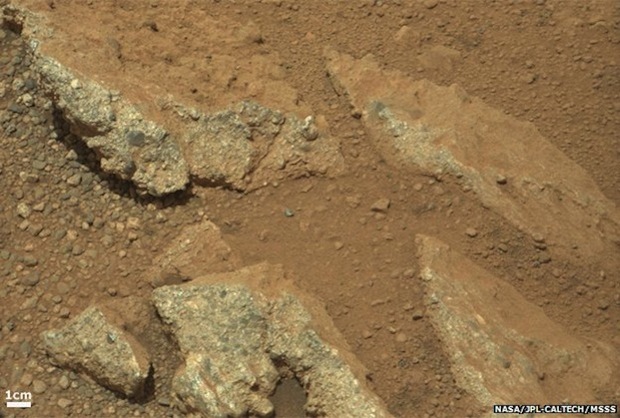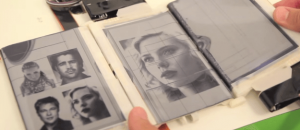For quite some time scientists have felt that the surface of Mars was greatly altered by water. They believe that flowing water helped formed the landscape and shape the planet leaving it the way it is currently. Unfortunately, they have been unable to locate proper evidence of water on the surface, until now.
In a report written for Science, researchers explored the smooth shape of rocks and pebbles on the surface of the red planet. They said that the unique composition, or at least the way they’ve been smoothed down is indicative of a riverbed. Apparently, the rocks are from separate areas of the planet, and they’re much too large to have been moved by the wind. The colors vary significantly, and the way they overlap each other is similar to how gravel and rocks are found in rivers on Earth.
Dr. Rebecca Williams from the Planetary Science Institute spoke to the BBC about the findings:
“For decades, we have speculated and hypothesized that the surface of Mars was carved by water, but this is the first time where you can see the remnants of stream flow with what are absolutely tell-tale signs.”
The unique rocks and pebbles were discovered quite some time ago, NASA first announced the discovery back in September of last year, just weeks after the Curiosity landed on the surface. Since that time, researchers have been studying the images that Curiosity captured. The sampled images were taken in the Gale Crater, a 150km-wide crater on the surface of the planet.
Pretty crazy stuff, right? I wonder where all the water on the surface actually went? Is it possible that millennia from now Earth will turn out to be similar? What do you think dotTechies? Let us know in the comments below.

 Email article
Email article




